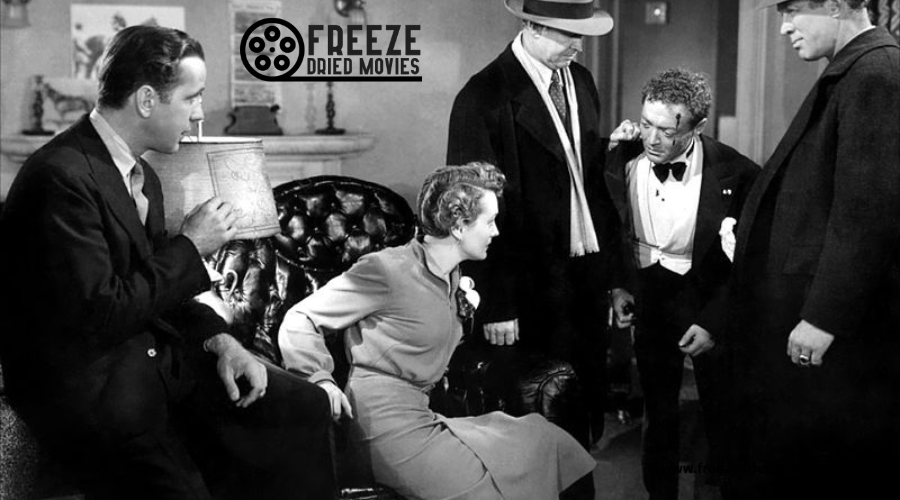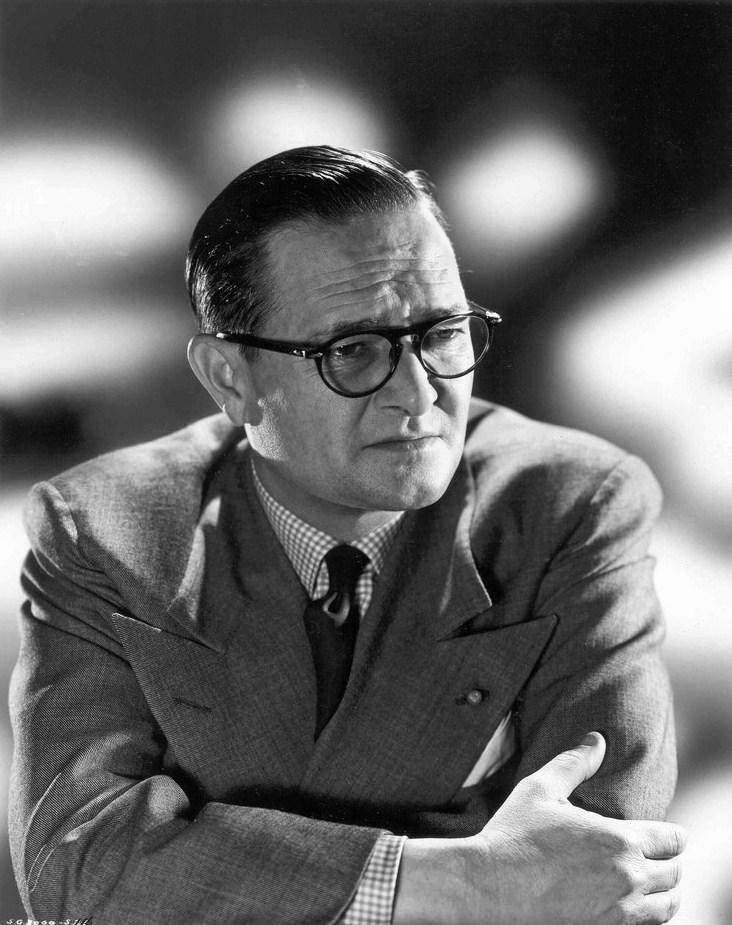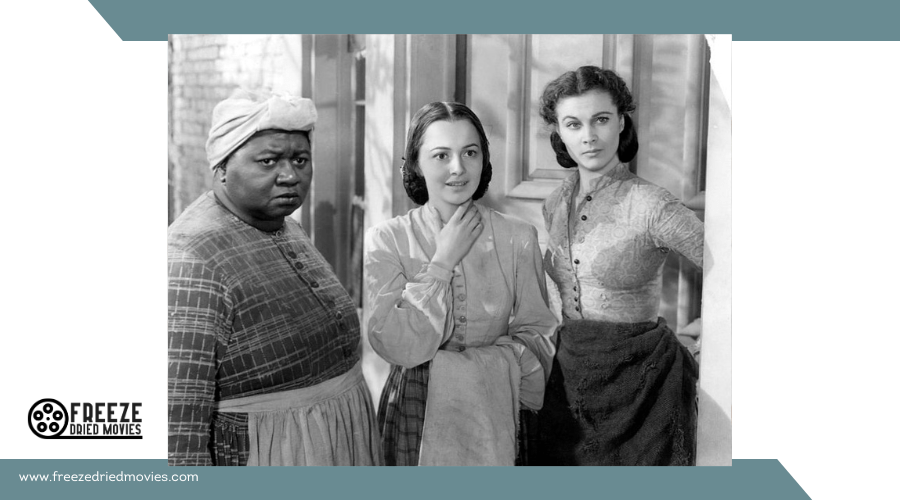1930s Film Noir: The Birth of a Dark and Stylish Genre

When you think of film noir, shadowy alleys and morally complex characters of the 1940s and 1950s might come to mind. However, the genre's roots trace back to the 1930s, a period when the Great Depression cast a pall over America. Cinema began to reflect this pervasive sense of despair and ambiguity. The genre's signature low-key lighting and intricate narratives started to form, setting the stage for what was to come. How did the socio-economic climate of the 1930s shape these early noir films?
Origins and Historical Context
Film noir emerged primarily in American crime dramas during the 1940s and 1950s, capturing societal disillusionment following World War II and the Great Depression. This genre reflected the dark, uncertain times, showcasing themes of moral ambiguity and corruption. The origins of film noir are deeply rooted in the historical context of these turbulent decades, when audiences were grappling with the aftermath of global conflict and economic despair.
French critics coined the term "film noir" in 1946, inspired by the genre's characteristic low-key lighting and shadowy visuals. These films often depicted the gritty underbelly of American crime, drawing on the influence of hard-boiled crime fiction authors like Raymond Chandler and Dashiell Hammett. Their stories featured flawed characters navigating a morally ambiguous world, resonating with a public weary of heroism and idealism.
Notable early examples such as *The Maltese Falcon* (1941) and *Laura* (1944) set the tone for film noir's aesthetic and narrative style. As European audiences gained access to these films post-World War II, the genre's focus on political corruption and organized crime struck a chord, cementing its place in cinematic history.
Defining Characteristics
Film noir is characterized by its distinct visual style, featuring low-key lighting and striking chiaroscuro effects. The genre's complex narratives often involve morally ambiguous characters, betrayal, and existential despair. Urban settings, rain-soaked streets, and themes of cynicism and isolation further amplify the bleak tone that defines these films.
Visual Style Elements
Low-key lighting and high-contrast visuals define the unmistakable aesthetic of film noir, creating an atmosphere saturated with shadow and tension. Influenced by German Expressionism, these visual elements rely on deep shadows and chiaroscuro techniques to evoke psychological tension and moral ambiguity. The interplay of light and dark not only shapes the physical space but also mirrors the inner conflicts of the characters.
Urban settings in film noir often resemble nightmarish landscapes. Rain-soaked streets, street lamps haloed in mist, and swirling cigarette smoke contribute to an ambiance of existential despair. These elements reinforce the themes of isolation and corruption that pervade the genre. Cinematographers like Gregg Toland skillfully use these motifs to create a sense of disorientation and entrapment, reflecting the characters' inner turmoil.
Tilted camera angles and dramatic framing enhance this feeling of disorientation, making the world appear off-kilter and echoing the precarious moral grounds the characters tread. Through these meticulous visual techniques, film noir crafts a dark, stylish world where every shadow holds a secret and every light reveals a lie.
Key Narrative Themes
Film noir is distinguished by its morally ambiguous characters navigating a world rife with crime and betrayal. Typical figures include anti-heroes and femme fatales, engaged in intricate plots filled with deception and mistrust. These characters mirror the darker facets of human nature and societal anxieties, especially pertinent in the post-World War II era.
Key narrative themes in film noir encompass:
- Existential despair: Characters struggle with meaninglessness and isolation, fostering a deep-seated cynicism.
- Urban environments: Settings often feature shadowy urban landscapes, enhanced by low-key lighting to underscore the characters' isolation and desperation.
- Non-linear storytelling: The use of flashbacks and fragmented narratives heightens the complexity and inevitability of the characters' downfalls.
- Corruption and injustice: These themes highlight societal failures, contributing to the pervasive sense of pessimism.
- Fatalism: Characters frequently confront unavoidable fates, reinforcing the genre's bleak outlook.
The genre's exploration of corruption and societal change lends its stories a profound resonance, depicting a world where moral certainties are obscured. This offers a timeless appeal, reflecting the enduring uncertainties and complexities of the human condition.
Cinematography and Lighting

Film noir cinematography draws heavily from German Expressionism, utilizing stark contrasts and deep shadows to create tension. The genre's low-key lighting emphasizes the moral ambiguity and psychological complexity of its characters. Cinematographers like Gregg Toland expertly used chiaroscuro effects to achieve dramatic visuals.
Expressionist Visual Techniques
Film noir's striking visual style draws heavily from German Expressionism, using high-contrast lighting and deep shadows to create a moody, atmospheric aesthetic. This distinctive approach, known for its psychological depth and chiaroscuro effects, envelops viewers in a world of moral ambiguity and tension. The interplay of light and dark not only enhances the visual style but also mirrors the internal conflicts of the characters, making every shadow a part of the narrative.
Consider these iconic techniques:
- High-contrast lighting: Creates stark contrasts between light and dark areas, heightening the sense of drama.
- Chiaroscuro effects: Dramatic lighting shifts emphasize the psychological depth of the story.
- Tilted camera angles: These skewed perspectives evoke feelings of disorientation and entrapment.
- Unconventional framing: Often used to reflect the chaotic and morally ambiguous world of film noir.
- Atmospheric elements: Rain-soaked streets, hazy street lamps, and swirling cigarette smoke enhance the shadowy ambiance.
Cinematographers like Gregg Toland mastered these techniques, using them to deepen the genre's complex themes. As you explore film noir, you'll notice how these visual elements work together to create an exceptionally compelling experience.
Low-Key Lighting Effects
Low-key lighting, a hallmark of film noir, immerses viewers in a world dominated by shadows and scarce light. This technique leverages stark contrasts and deep shadows to cultivate a moody atmosphere that echoes the genre's themes of moral ambiguity and existential despair. Inspired by German Expressionism, cinematographers like Gregg Toland utilized chiaroscuro techniques to enhance visual storytelling and evoke emotional depth.
Visual elements such as rain-soaked streets, street lamps casting halos, and swirling cigarette smoke come alive through low-key lighting, contributing to the genre's distinctive, shadowy aesthetic. This lighting style often highlights themes of isolation and entrapment, depicting characters in dimly lit settings that symbolize their psychological states and moral dilemmas, thereby intensifying tension and unease.
Low-key lighting also obscures visual details, reflecting the intricate, labyrinthine plots characteristic of film noir. The interplay of light and shadow not only creates visual intrigue but also underscores the characters' inner conflicts and moral ambiguity. By enveloping viewers in this shadowy aesthetic, film noir captures the essence of human frailty and life's dark complexities.
Narrative Structure
The narrative structure of film noir is as intricate and shadowed as the genre's visual style. These films often utilize non-linear storytelling, including flashbacks and fragmented narratives, to enhance complexity and create a sense of inevitable doom for the characters. Typically, the narratives revolve around morally ambiguous protagonists grappling with existential dilemmas, leading to tragic outcomes.
Omniscient narration is a common technique in film noir, often delivered by weary private eyes. This narration clarifies the convoluted plots and provides context for the characters' downfalls. The structure of these narratives usually includes a series of twists, betrayals, and red herrings that disorient viewers while maintaining suspense throughout the story.
Key elements commonly found in film noir include:
- Non-linear storytelling with flashbacks.
- Morally ambiguous protagonists facing existential dilemmas.
- Omniscient narration by a jaded detective.
- Twists, betrayals, and red herrings.
- Tragic or fatalistic denouement setting the tone.
Many film noir films begin with a tragic or fatalistic denouement, foreshadowing the characters' inevitable fates. This narrative structure engages viewers, pulling them deeper into the shadows and complexities of the story.
Key Directors

A vital element in the evolution of film noir lies in the vision of its key directors, who shaped the genre's identity through their unique storytelling and visual techniques. John Huston's *The Maltese Falcon* (1941) is often hailed as one of the genre's foundational films, establishing the visual style and thematic depth that would become hallmarks of noir. Huston's meticulous direction infused the film with a sense of foreboding and intrigue.
Billy Wilder's *Double Indemnity* (1944) expanded the boundaries of moral ambiguity and complex character dynamics. His focus on flawed characters and intricate psychological narratives added significant depth to the genre. Orson Welles, with *Touch of Evil* (1958), employed innovative cinematic techniques and a bold visual style, reinforcing his status as a noir visionary.
Jacques Tourneur's *Out of the Past* (1947) seamlessly integrated suspense and psychological depth, contributing to the genre's evolution with its haunting, atmospheric touch. Edward Dmytryk's *Murder, My Sweet* (1944) emphasized internal conflicts and thematic complexity, enhancing film noir's dark allure.
These directors didn't just create films; they defined film noir, ensuring its lasting influence and significance in cinematic history.
Lasting Impact
The visionary work of these directors didn't just define film noir; it laid the foundation for a genre whose influence reverberates across time. Film noir's indelible impact on global cinema is evident, inspiring the neo-noir genre, which updates classic noir's moral ambiguity and striking visual style. This influence is visible in contemporary crime thrillers and dramas that often adopt film noir's low-key lighting and high-contrast imagery.
Film noir's themes of existential despair, moral ambiguity, and psychological complexity continue to resonate across various media, shaping literature, television, and music. This broader cultural movement has cemented film noir's place in the annals of cinematic storytelling.
- *Blade Runner* and *Chinatown* exemplify the blending of classic noir elements with modern storytelling.
- The genre's visual style has reshaped the aesthetic of cinematic narratives.
- Themes of moral ambiguity and psychological depth continue to inspire creators.
- Film noir has sparked extensive academic discourse and critical analysis.
- Retrospectives and film festivals celebrate its cultural impact and enduring legacy.
The genre's influence extends far beyond its origins, making film noir a cornerstone of cinematic history.




